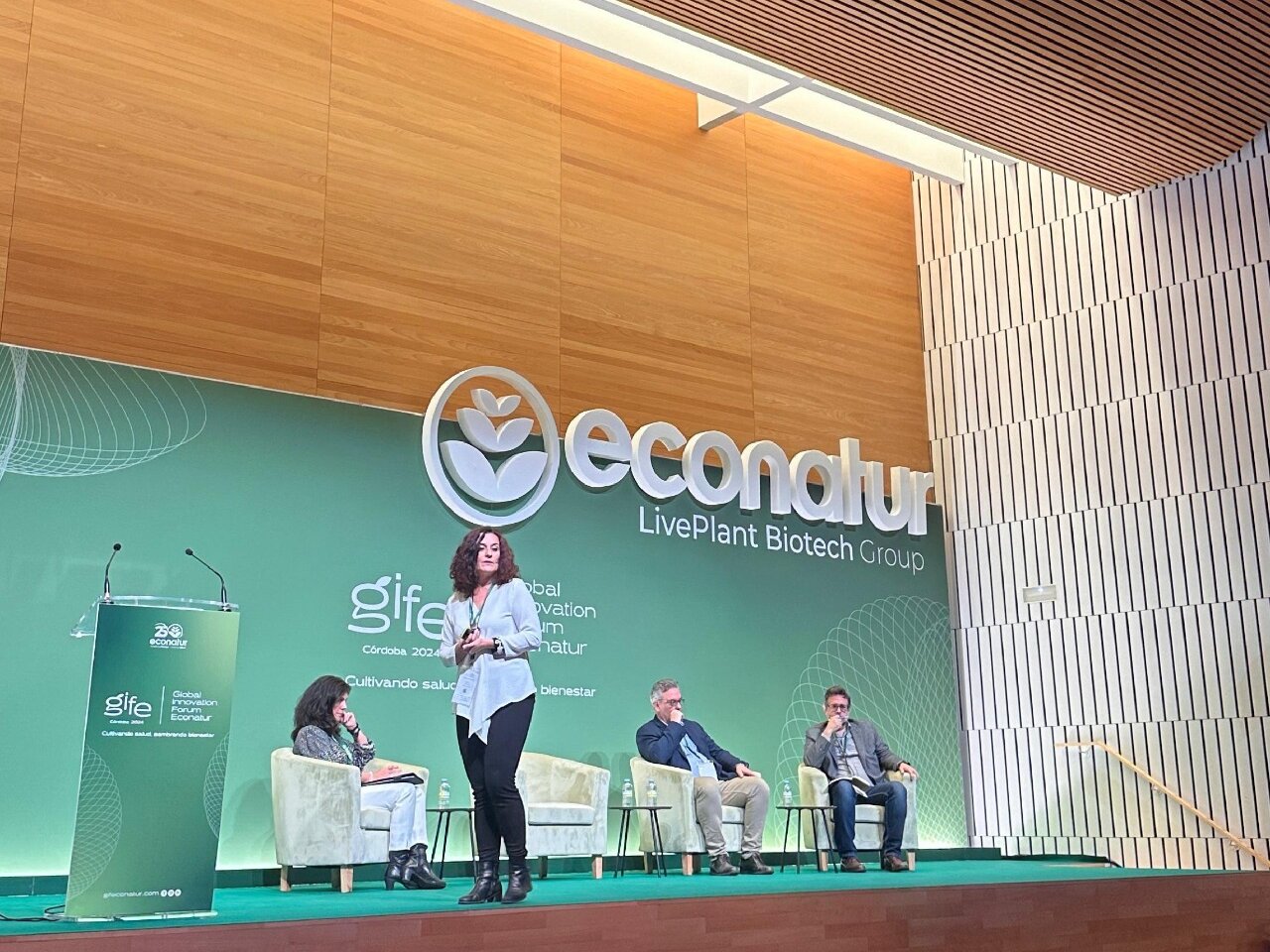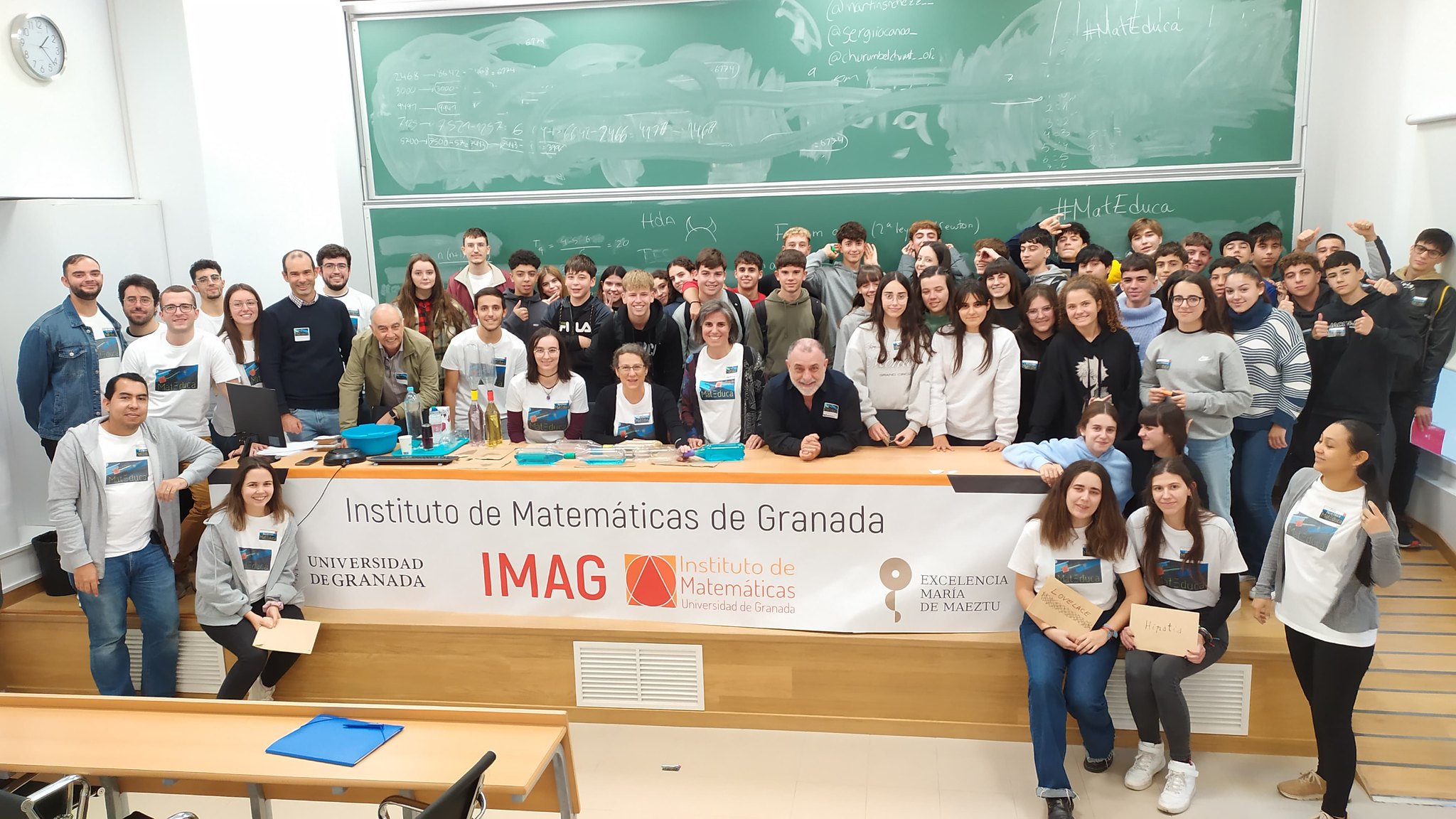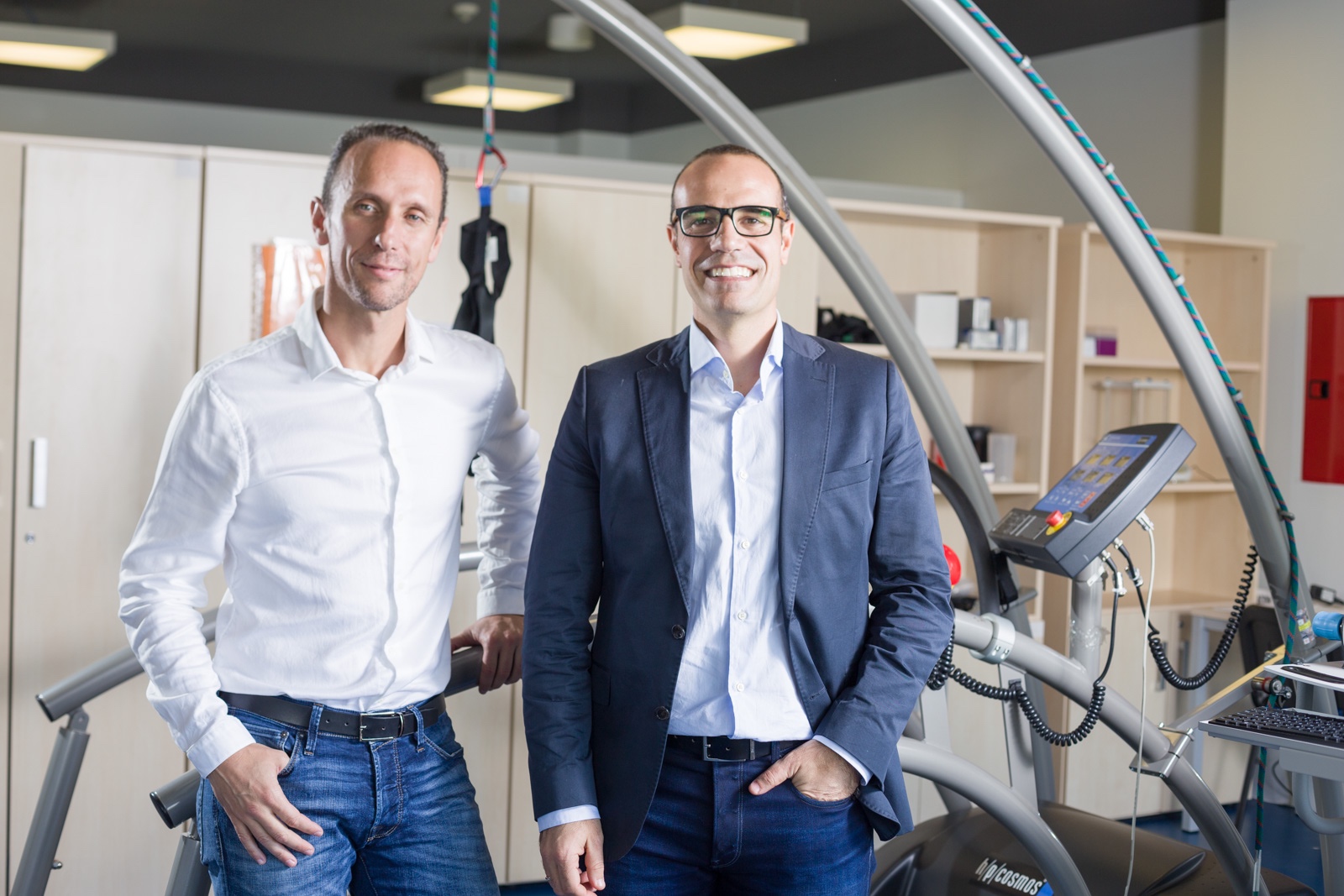
Scientists from the University of Granada warn of the serious planning problems arising from the organization of the return to school in September following lockdown
Experts predict the closure of many classrooms in the autumn and are calling on education authorities to prepare both face-to-face and online learning scenarios more rigorously
A team of researchers from the Department of Business Management II of the University of Granada (UGR) has compared the forecasts of the different regional government ministries and departments regarding the return to school in September following the COVID-19 lockdown with the technical requirements produced by scenario modelling. They warn of the serious flaws and planning mistakes being committed, “since, so far, what we are seeing are mostly well-intentioned statements, but they lack the necessary detail to become meaningful planning.”
According to these experts, the main problem is that public forecasts have focused on the ideal scenario of a return to normal classroom attendance, but they do not factor-in the resources necessary to ensure that this is sustainable. Nor have the authorities produced detailed plans regarding how attendance is to be managed or plans envisaging alternative scenarios involving schooling outside the typical face-to-face model that may be necessary in any case.
To illustrate the extent of the issue, the UGR researchers analysed the extent of potential contact with others among pre-school children and pupils in the first four years of primary school—assuming they wear no protective facemasks and are not required to maintain a distance (as is currently foreseen). The Spanish Minister for Education, Isabel Celaá, announced that schoolchildren of this age should be treated as if they were “family members or cohabitants” and that “within that bubble … they can move freely, without having to maintain a distance of 1.5 metres.”
However, Alberto Aragón, Professor of Business Management, Director of the Master’s Degree in Economics and Business Management at the UGR, and coordinator of this study, warns: “It is important to remember that the so-called ‘bubbles’ would only guarantee peace of mind if they were closed groups, but all the boys and girls at those educational levels and their teachers also live with members of their own families.”
Assuming families comprising an average of two adults and 1.5 minors (two children in one half of the families and one child in the other half, reflecting the Spanish average), and assuming a class size of 20, the researchers calculated that each of the 20 schoolchildren would be exposed to a group of 74 people on their first day of class alone.
Aragón explains: “If, in addition, other minors of those families were also in a class other than pre-school or primary, those relationships would also be added to the network, taking the total to 808 contacts by the second day of school. This total covers only those contacts where there is no social distancing and no facemasks worn among classmates, and those arising from the classes of brothers and sisters.” If the number of schoolchildren in the class were raised to 25—as many Autonomous Communities have already announced, to match the usual ratio—“the number of people involved would rise by up to 91, counting only those in the same class, and by 1,228 if we count siblings’ classes,” continues Aragón.
The UGR experts assert that any planning in a situation of such uncertainty as this must take into account multiple scenarios, and the resources that will be made available in each one need to be clearly defined. The appropriate actions that need to be taken in different circumstances and situations must also be articulated, including the specific trigger points that would signal the need for each action to be implemented. Aragón adds that “it is virtually impossible to produce a plan that is ‘good, appealing, and affordable’, as the saying goes, but if that plan is also ambiguous or unrealistic, it is entirely useless.”
The researchers contrast the authorities’ fervent interest in promoting the return to school in September with the poor level of investment being made to ensure the return is sustainable. They also highlight the reluctance of local councils to reduce class sizes, the lack of specificity about the hiring of new teachers, and the extremely limited investments planned for the physical expansion of classrooms and the development of alternative and complementary educational activities.
“It is important to recognize that the organization of the return to school has certain characteristics that make it especially complex, but that is precisely why more rigorous plans are called-for,” warns the UGR professor. In the case of primary and secondary schools, Aragón considers it particularly ineffective to focus on the individual plans of each centre when these have received neither the resources required nor the detailed planning framework necessary for their adaptation.
The UGR research team insists on the importance of applying technical rigour to all related planning processes and—in one of its areas of research specialization—underlines the potential that digitalization can bring, “a potential we must take full advantage of.”
The difficulty of delivering face-to-face education for the entire year
The researchers warn that “an open system of bubbles comprising cohabitants, such as that proposed by the government and the Autonomous Communities, can only have limited efficacy in controlling the risk of contagion, and it is especially ineffective when the number of schoolchildren at the centre of the bubble is so high.”
When one person in that bubble becomes infected, this creates an automatic risk for the entire group. It would be logical to assume, under this state of alert, that the affected group would have to be isolated or the whole school would have to be closed down if members of the bubble have shared physical spaces or have teachers in common.
The research team also studied the very different outcomes of the back-to-school plans already underway in different countries (mainly Denmark and Israel), to assess the importance of these factors. Among other findings, they established that there was little similarity between Spain’s approach and the most successful plans. The researchers point out that insisting on children going back to school without making additional investment appears to be a move more designed to reassure families during the summer break than to establish a solid plan for the entire academic year.
Dr Eulogio Cordón, Director of the UGR’s Department of Business Management II, predicts that “without a vaccine, most classes will probably end up having to be delivered remotely throughout next autumn when the combined effects of COVID19 and seasonal flu begin to hit. It is therefore extremely important that all those involved are prepared for this possibility.”
Spain’s Autonomous Communities have largely ruled out even considering mixed scenarios that combine face-to-face with distance learning, and nor do they seem to be making substantial progress in improving the distance learning option for pupils. Yet, given the limited investment available, it is perhaps the remote options that could best facilitate stability over the course of the academic year.
The UGR experts stress that families should have already been asked about their availability for each system, in a bid to better accommodate students whose families need their children to attend school in person while providing a mixed or remote option to those families who prefer that, so long as schools can guarantee effective delivery. The lack of joint planning with families and teachers is also a limitation of the protocols put in place so far. This lack of dialogue may have been understandable in the immediate response to the pandemic last term, but it is surprising to see in planning for the next academic year, note the UGR researchers, and the working conditions, pedagogical approaches, and social dynamic of the educational process require major alterations.
Having a plan in place in case schools are forced to close
The team highlights in particular that, although starting school in September as normal is undoubtedly the most desirable option, the complexity of the virus and the limited complementary investment available render it essential to also have solid plans in place for possible closure scenarios.
Professor Aragón points out that “scenario planning must consider possible risks and sequences of actions that begin long before a reasonable risk materializes.” From this point of view, it would be necessary to already be ring-fencing resources and providing training for both teaching staff and families and pupils. Likewise, it is also essential to have clear protocols and consistent recommendations in place regarding how the transformation from face-to-face classes to distance learning should be managed.
All education specialists recommend that both primary and secondary schools should offer a timetable for online classes that partially replicates that of face-to-face classes and combines daily live (albeit brief) online teaching sessions with offline tasks and sessions. In contrast to this approach, during the lockdown many families found themselves dealing with an educational model based on teachers issuing an entire week’s tasks all in one go, with each teacher following their own personal way of working. This heterogeneous approach appears to be entirely inadequate when it comes to maintaining the pupils’ routines and respecting the scope of each family to collaborate.
“It could even be useful to have ‘on-call’ schools that offer educational support for distance or face-to-face learning whenever the school of origin or the family needs it,” the UGR experts reflect. However, they also warn that the decision to put the onus on each school’s plans without a common base to support them could lead to problems very similar to those experienced during the lockdown.
The specific problems faced by universities
The Department for Universities has proposed a different model from that of the Department of Education for the start of the new term in September. “The irony is that the system of rotating shifts proposed by the Department for Universities would probably be more feasible for schools than for universities,” say experts from the UGR’s Department of Business Management II.
In Spain, university students enrol by subject, including a high number of electives, rendering it more difficult to form groups of students to take turns to attend while avoiding timetable clashes with other students who are in the faculty waiting for their next lecture to start.
Nuria Hurtado, Director of the UGR’s Innovation, Sustainability and Business Development (ISDE) Research Group, notes that the very high diversity among university centres makes it extremely difficult to design a system that is valid for everyone. She stresses: “It is precisely the most popular faculties that will have the greatest difficulties in offering face-to-face lectures while respecting the necessary safety margins.”
Experts from the UGR have calculated the number of students that could be accommodated in a university lecture theatre based on respecting the distancing indicated in the ministerial regulations. The results shed light on the difficulties involved in applying the required distances.
The researchers explain: “Take the example of a 92-seat lecture room with fixed desks, which would only accommodate between 16 and 24 students to guarantee the safety distance of 1.5 metres. With such a small number of students in attendance out of the total cohort, the Department’s suggestion of recording the class live for those students not physically present appears technologically more complicated, and less effective, than a higher-quality, personalized recording specially made for the online scenario.”
One advantage of universities is that they already enjoy higher levels of digitalization than schools. However, to overlook the fact that the digital format may end up being the primary scenario next year would constitute a lost opportunity to establish the requirements for effective development in the coming months. During the last term, under lockdown conditions, both teachers and students missed having a more standardized approach to the transformation from face-to-face classes to virtual ones and a common procedure that ensured a fair evaluation for students, including the necessary guarantees regarding the identity of the person being assessed. Although most universities have taken much more decisive steps toward providing online education than schools, planning to avoid the problems associated with a patchwork approach and online student assessment is currently extremely limited or non-existent.
Just as in the case of primary and secondary education, the question of how to retain the face-to-face model with scant additional resources seems to be absorbing the most attention among universities. The President of the Conference of Rectors of Spanish Universities (CRUE) has stated that “universities want to return to delivering face-to-face lectures.”
At the same time, however, experts from the UGR point out that the Rectorates are decrying the fact that the funding targeted at additional support for computer systems, students, and teachers has had to be drawn from their traditional budgets, with no complementary funding streams provided by the Autonomous governments or the Spanish state. “In the next academic year, no additional budget has been earmarked, and even cutbacks have been announced in those budgets in some Autonomous Communities, such as Andalusia. The challenge of aspiring to achieve even more with less is highly complicated,” they conclude.
Media enquiries:
Alberto Aragón Correa
ISDE Research Group, University of Granada
Email: jaragon@ugr.es


